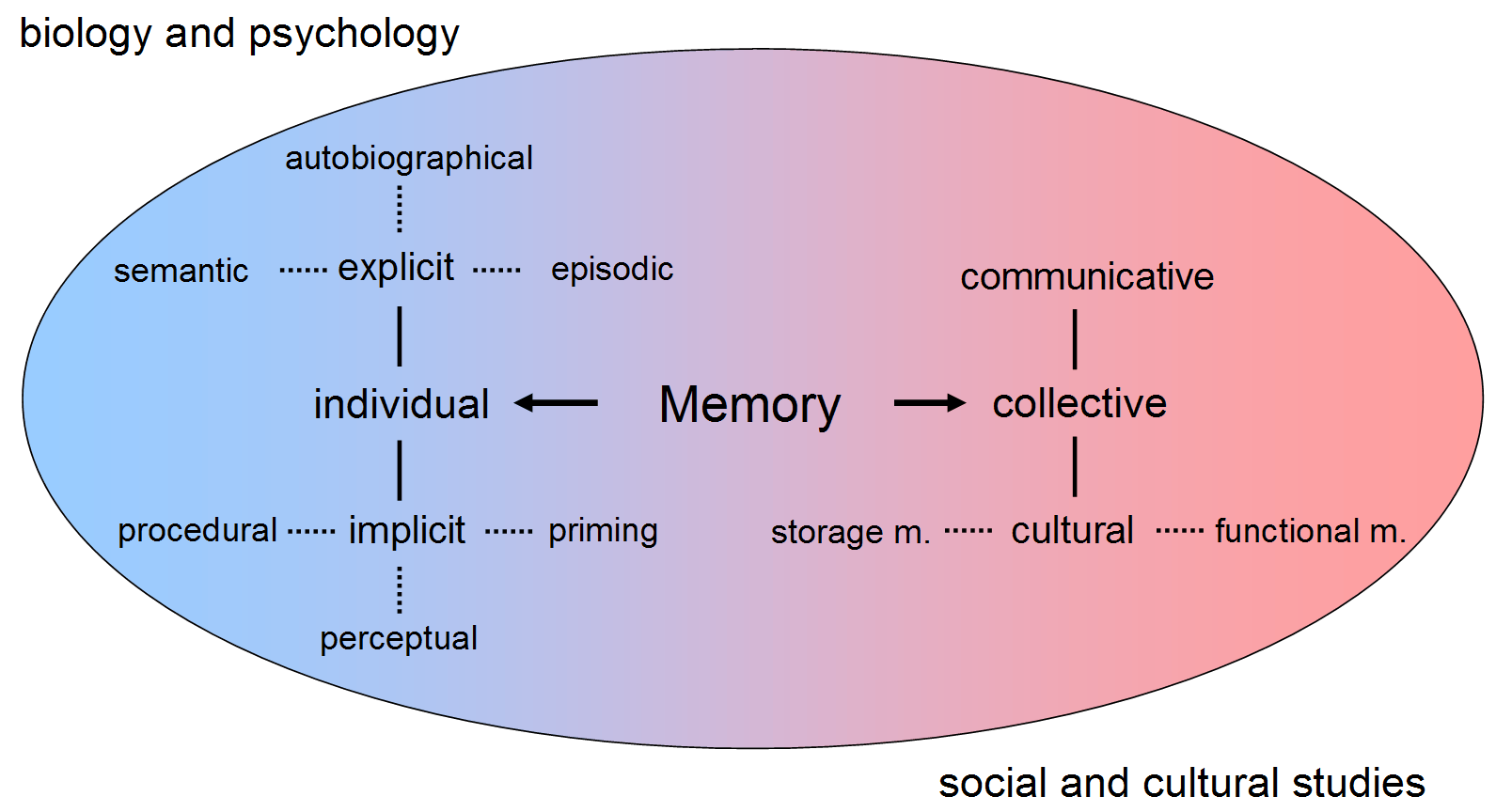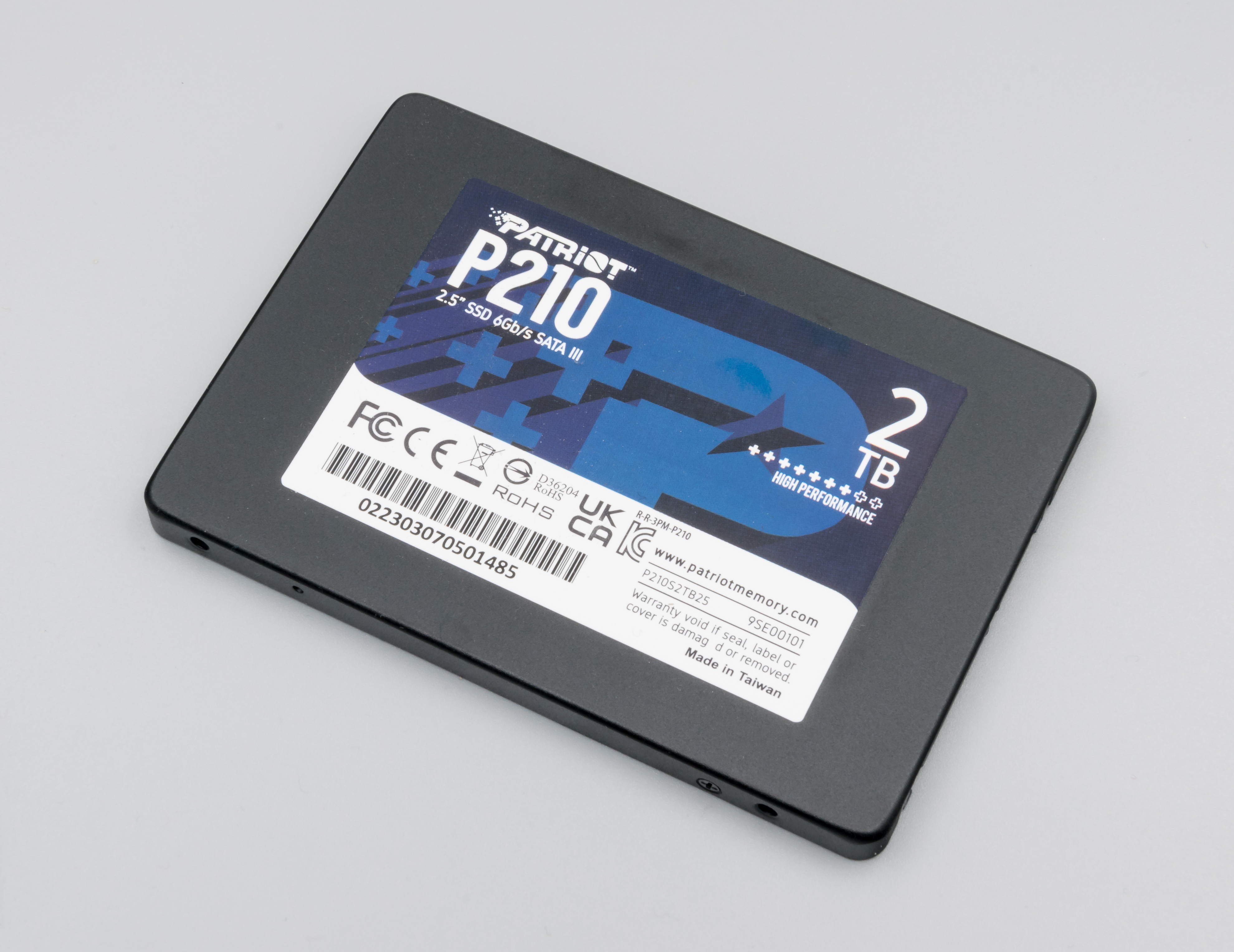|
Prefetcher
The Prefetcher is a component of Microsoft Windows which was introduced in Windows XP. It is a component of the Memory management, Memory Manager that can speed up the Windows booting, boot Windows NT Startup Process, process and shorten the amount of time it takes to start up programs. It accomplishes this by caching files that are needed by an application to RAM as the application is launched, thus consolidating disk reads and reducing disk seeks. This feature was covered by US patent 6,633,968. Since Windows Vista, the Prefetcher has been extended by Windows Vista I/O technologies#SuperFetch, SuperFetch and ReadyBoost. SuperFetch attempts to accelerate application launch times by monitoring and adapting to application usage patterns over periods of time, and caching the majority of the files and data needed by them into memory in advance so that they can be accessed very quickly when needed. ReadyBoost (when enabled) uses external memory like a USB flash drive to extend the syste ... [...More Info...] [...Related Items...] OR: [Wikipedia] [Google] [Baidu] |
Cache Prefetching
Cache prefetching is a technique used by computer processors to boost execution performance by fetching instructions or data from their original storage in slower memory to a faster local memory before it is actually needed (hence the term 'prefetch'). Most modern computer processors have fast and local CPU cache, cache memory in which prefetched data is held until it is required. The source for the prefetch operation is usually Computer data storage#Primary storage, main memory. Because of their design, accessing cache memories is typically much faster than accessing main memory, so prefetching data and then accessing it from caches is usually many orders of magnitude faster than accessing it directly from main memory. Prefetching can be done with non-blocking cache control instructions. Data vs. instruction cache prefetching Cache prefetching can either fetch data or instructions into cache. * Data prefetching fetches data before it is needed. Because data access patterns show ... [...More Info...] [...Related Items...] OR: [Wikipedia] [Google] [Baidu] |
Windows Components
The following is a list of Microsoft Windows components. Configuration and maintenance User interface Applications and utilities Windows Server components File systems Core components Services This list is not all-inclusive. DirectX * Direct3D * DirectDraw * DirectInput * DirectMusic * DirectPlay * DirectShow * DirectSound * DirectX Media Objects * DirectX plugin * DirectX Video Acceleration Networking * Administrative share * Distributed File System * My Network Places (formerly Network Neighborhood) * Network Access Protection * Remote Installation Services * Server Message Block * Windows Rights Management Services Scripting and command-line * Batch file * CHKDSK * Cmd.exe * ComSpec * Ipconfig * Net / Net Send * Netdom.exe: Windows Domain Manager * Netsh * Netstat * QBasic * Regsvr32 * Robocopy * Win32 console * Windows Script Host * Windows PowerShell * XCOPY Kernel * Commit charge * Kernel Transaction Manager * Win32 ... [...More Info...] [...Related Items...] OR: [Wikipedia] [Google] [Baidu] |
Features New To Windows XP
As the next version of Windows NT after Windows 2000, as well as the successor to Windows Me, Windows XP introduced many new features but it also removed some others. User interface and appearance Graphics With the introduction of Windows XP, the C++ based software-only GDI+ subsystem was introduced to replace certain GDI functions. GDI+ adds anti-aliased 2D graphics, textures, floating point coordinates, gradient shading, more complex path management, bicubic filtering, intrinsic support for modern graphics-file formats like JPEG and PNG, and support for composition of affine transformations in the 2D view pipeline. GDI+ uses RGBA values to represent color. Use of these features is apparent in Windows XP's user interface (transparent desktop icon labels, drop shadows for icon labels on the desktop, shadows under menus, translucent blue selection rectangle in Windows Explorer, sliding task panes and taskbar buttons), and several of its applications such as Microsoft Paint ... [...More Info...] [...Related Items...] OR: [Wikipedia] [Google] [Baidu] |
List Of Microsoft Windows Components
The following is a list of Microsoft Windows components. Configuration and maintenance User interface Applications and utilities Windows Server components File systems Core components Services This list is not all-inclusive. DirectX * Direct3D * DirectDraw * DirectInput * DirectMusic * DirectPlay * DirectShow * DirectSound * DirectX Media Objects * DirectX plugin * DirectX Video Acceleration Networking * Administrative share * Distributed File System * My Network Places (formerly Network Neighborhood) * Network Access Protection * Remote Installation Services * Server Message Block * Windows Rights Management Services Scripting and command-line * Batch file * CHKDSK * Cmd.exe * ComSpec * Ipconfig * Net / Net Send * Netdom.exe: Windows Domain Manager * Netsh * Netstat * QBasic * Regsvr32 * Robocopy * Win32 console * Windows Script Host * Windows PowerShell * XCOPY Kernel * Commit charge * Kernel Transaction Manager * Win32 Thread ... [...More Info...] [...Related Items...] OR: [Wikipedia] [Google] [Baidu] |
Windows XP
Windows XP is a major release of Microsoft's Windows NT operating system. It was released to manufacturing on August 24, 2001, and later to retail on October 25, 2001. It is a direct successor to Windows 2000 for high-end and business users and Windows Me for home users. Development of Windows XP began in the late 1990s under the codename "Windows Neptune, Neptune", built on the Architecture of Windows NT#Kernel, Windows NT kernel and explicitly intended for mainstream consumer use. An updated version of Windows 2000 was also initially planned for the business market. However, in January 2000, both projects were scrapped in favor of a single OS codenamed "Whistler", which would serve as a single platform for both consumer and business markets. As a result, Windows XP is the first consumer edition of Windows not based on the Windows 95 kernel or MS-DOS. Upon its release, Windows XP received critical acclaim, noting increased performance and stability (especially compared to Wi ... [...More Info...] [...Related Items...] OR: [Wikipedia] [Google] [Baidu] |
Readahead
Readahead is a system call of the Linux kernel that loads a file's contents into the page cache. This prefetches the file so that when it is subsequently accessed, its contents are read from the main memory (RAM) rather than from a hard disk drive (HDD), resulting in much lower file access latencies. Many Linux distributions use readahead on a list of commonly used files to speed up booting. In such a setup, if the kernel is booted with the boot parameter, it will record all file accesses during bootup and write a new list of files to be read during later boot sequences. This will make additional installed services start faster, because they are not included in the default readahead list. In Linux distributions that use systemd, readahead binary (as part of the boot sequence) was replaced by systemd-readahead. However, support for readahead was removed from systemd in its version 217, being described as unmaintained and unable to provide expected performance benefits. Certain ... [...More Info...] [...Related Items...] OR: [Wikipedia] [Google] [Baidu] |
Preloading And Prebinding
Preload may refer to: Science and technology * Preload (cardiology), maximum stretch of the heart at the end of diastole * preload (software) preload is a Free software, free Linux program which runs as a daemon (computing), daemon to record statistics about usage of files by more frequently-used programs. This information is then used to keep these files preloaded into primary storage ..., code-prefetching software for Linux * Preload (engineering), the internal application of stress to certain mechanical systems Other uses * Pre-loading, drinking alcohol at home before going to public places to drink See also * Load (other) {{disambiguation ... [...More Info...] [...Related Items...] OR: [Wikipedia] [Google] [Baidu] |
Memory Management Software
Memory is the faculty of the mind by which data or information is encoded, stored, and retrieved when needed. It is the retention of information over time for the purpose of influencing future action. If past events could not be remembered, it would be impossible for language, relationships, or personal identity to develop. Memory loss is usually described as forgetfulness or amnesia. Memory is often understood as an informational processing system with explicit and implicit functioning that is made up of a sensory processor, short-term (or working) memory, and long-term memory. This can be related to the neuron. The sensory processor allows information from the outside world to be sensed in the form of chemical and physical stimuli and attended to various levels of focus and intent. Working memory serves as an encoding and retrieval processor. Information in the form of stimuli is encoded in accordance with explicit or implicit functions by the working memory process ... [...More Info...] [...Related Items...] OR: [Wikipedia] [Google] [Baidu] |
Link Prefetching
Link prefetching allows web browsers to pre-load resources. This speeds up both the loading and rendering of web pages. Prefetching was first introduced in HTML5. Prefetching is accomplished through hints in web pages. These hints are used by the browser to prefetch links. Resources which can be prefetched include: JavaScript, CSS, image, audio, video, and web fonts. DNS names and TCP connections can also be hinted for prefetching. Prefetching in HTML5 There are two W3C standards covering prefetching for HTML5: * Link preload ** Hints to specific URLs. Common hints include JavaScript, CSS, images and web fonts. * Resource hints ** Hints to the browser. Common hints include DNS queries, opening TCP connections, and page pre-rendering. HTML5 methods for prefetch hints: * Standard link prefetch (supported by most browsers): * DNS prefetch (Mozilla Firefox, Google Chrome, and others): * Page pre-rendering (Google Chrome, Internet Explorer and others): * Lazy-load of images (In ... [...More Info...] [...Related Items...] OR: [Wikipedia] [Google] [Baidu] |
Linux
Linux ( ) is a family of open source Unix-like operating systems based on the Linux kernel, an kernel (operating system), operating system kernel first released on September 17, 1991, by Linus Torvalds. Linux is typically package manager, packaged as a Linux distribution (distro), which includes the kernel and supporting system software and library (computing), libraries—most of which are provided by third parties—to create a complete operating system, designed as a clone of Unix and released under the copyleft GPL license. List of Linux distributions, Thousands of Linux distributions exist, many based directly or indirectly on other distributions; popular Linux distributions include Debian, Fedora Linux, Linux Mint, Arch Linux, and Ubuntu, while commercial distributions include Red Hat Enterprise Linux, SUSE Linux Enterprise, and ChromeOS. Linux distributions are frequently used in server platforms. Many Linux distributions use the word "Linux" in their name, but the Free ... [...More Info...] [...Related Items...] OR: [Wikipedia] [Google] [Baidu] |
Windows Registry
The Windows Registry is a hierarchical database that stores low-level settings for the Microsoft Windows operating system and for applications that opt to use the registry. The kernel, device drivers, services, Security Accounts Manager, and user interfaces can all use the registry. The registry also allows access to counters for profiling system performance. In other words, the registry or Windows Registry contains information, settings, options, and other values for programs and hardware installed on all versions of Microsoft Windows operating systems. For example, when a program is installed, a new subkey containing settings such as a program's location, its version, and how to start the program, are all added to the Windows Registry. When introduced with Windows 3.1, the Windows Registry primarily stored configuration information for COM-based components. Windows 95 and Windows NT extended its use to rationalize and centralize the information in the profusion of ... [...More Info...] [...Related Items...] OR: [Wikipedia] [Google] [Baidu] |
Solid-state Drive
A solid-state drive (SSD) is a type of solid-state storage device that uses integrated circuits to store data persistently. It is sometimes called semiconductor storage device, solid-state device, or solid-state disk. SSDs rely on non-volatile memory, typically NAND flash, to store data in memory cells. The performance and endurance of SSDs vary depending on the number of bits stored per cell, ranging from high-performing single-level cells (SLC) to more affordable but slower quad-level cells (QLC). In addition to flash-based SSDs, other technologies such as 3D XPoint offer faster speeds and higher endurance through different data storage mechanisms. Unlike traditional hard disk drives (HDDs), SSDs have no moving parts, allowing them to deliver faster data access speeds, reduced latency, increased resistance to physical shock, lower power consumption, and silent operation. Often interfaced to a system in the same way as HDDs, SSDs are used in a variety of devices, ... [...More Info...] [...Related Items...] OR: [Wikipedia] [Google] [Baidu] |





